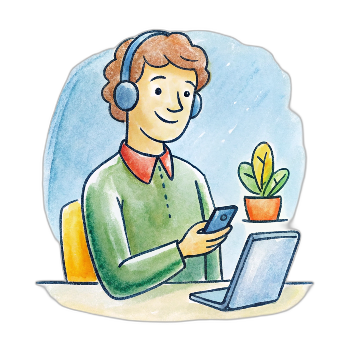Local US phone numbers that you control
Get your local or toll-free phone number in the United States for just $2.95 each.
Choose from over 2,000 local area codes/cities - incoming SMS included with all our US numbers.
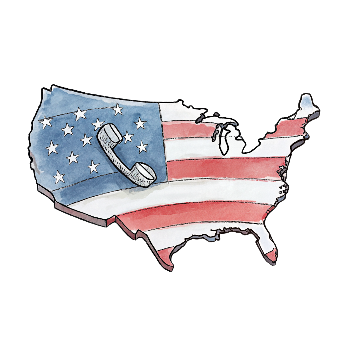
FlyNumber’s stand-out features
- FlyNumber charges per phone number, not per user, maximizing cost-efficiency.
- Own your U.S. phone number with flexible porting options.
- Unlimited incoming minutes when receiving U.S. calls via VoIP.
- Adjust forwarding settings anytime through your account dashboard.
- Access detailed call logs, including debug information.
- Make outgoing calls with your U.S. number as the caller ID.

Use any device or software
Any device can be used to make and receive calls with your FlyNumber.
- iOS or Android smartphone app
- Mac, PC, or Linux computer
- Desktop office phone
- Any regular phone number (to receive calls)
- Any VoIP solution (e.g. Asterisk, 3CX, 3rd party VoIP)
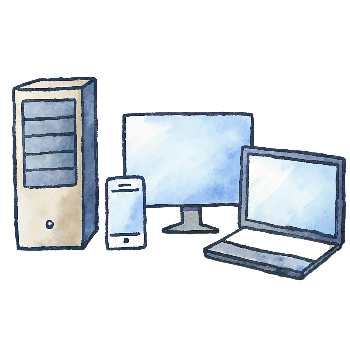
Choose from 3 powerful ways to use your FlyNumber
1.) Forward the United States phone calls to any standard phone number worldwide
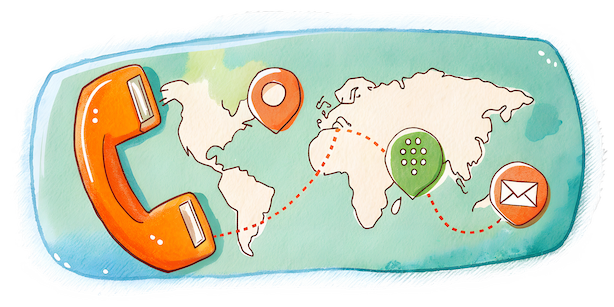
- For a low per min rate you can forward the United States calls to any regular phone number in the world.
- You'll see the caller ID of the person calling your United States FlyNumber on the phone you're forwarding to.
- Change the forwarding number anytime via the FlyNumber panel.
- Consider our optional cloud phone system to enhance call forwarding options.
2.) Use our (optional) cloud phone system
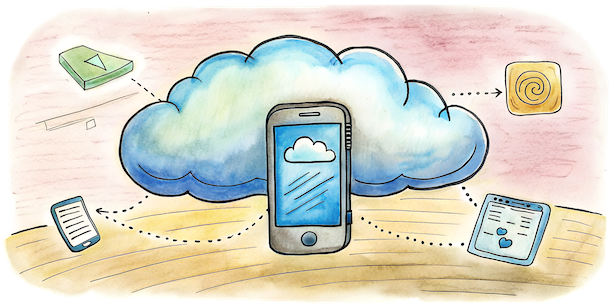
- A full-featured cloud phone system for a flat $14.95 per month.
- Quickly and easily configure the call flow on a digital grid type canvas.
- Supercharge your United States FlyNumber with day/time based routing, call recording, IVR/menu, block phone numbers, create SIP accounts and more.
- Make phone calls with your United States number as the outgoing caller-ID.
- Forward the United States number to multiple phone numbers and/or VoIP destinations.
3.) Set the United States number directly to VoIP
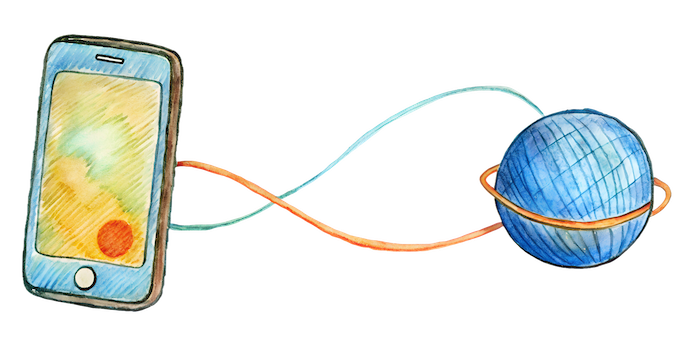
- Set the United States number directly to a SIP/VoIP address or use our easy setup providers.
- We'll send the United States calls to a VoIP destination for free (unlimited minutes).
- High level call logs to help diagnose/debug any issues.
- Use any 3rd party VoIP provider or your own PBX system (Asterisk, FreePBX, 3CX, etc.)
Registration Requirements
- Local
There are no special registration requirements for Local, United States phone numbers.
- Toll-free
There are no special registration requirements for Toll-free, United States phone numbers.
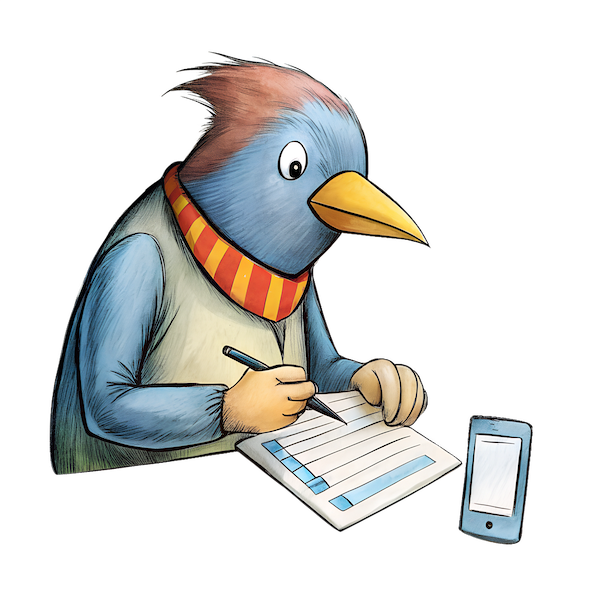
Example use cases
Imagine you're managing a thriving local business in Chicago and you want to track the effectiveness of your marketing campaigns.
Grab a FlyNumber virtual phone number for each campaign and see which ones get the most calls. This way, you know where to put your advertising dollars—like the digital equivalent of deep-dish pizza for marketing insights.
If you're a real estate agent showcasing properties in bustling neighborhoods like New York's Upper East Side, having a virtual phone number can help keep potential buyers' inquiries organized.
Prospective homeowners feel more comfortable calling a local number, and you get to manage all those leads without mixing them up with your personal calls.
For the privacy-conscious, virtual phone numbers provide an excellent layer of protection.
Whether you're buying concert tickets on Craigslist or selling some old vinyl records, having a separate number keeps personal info private. You stay in control, just like New Yorkers dodging tourists in Times Square.
Jet-setting across the globe but want to stay connected with folks back in the U.S.?
A FlyNumber with a local area code lets your family and friends call you without those pesky international fees. It's a bit like taking a road trip on Route 66—you're always connected, no matter where you are.
Running a small business on a tight budget?
Virtual numbers can give your operation that professional edge. Whether you're a startup in Silicon Valley or a mom-and-pop shop in the heart of Austin, having a dedicated business line helps separate work from life, and keeps you sounding professional—without breaking the bank.
Call like a local, pay like a local
When making outgoing calls to a U.S. or Canada number the rate is .01 per min regardless of the FlyNumber you use to call out from.
If you plan on calling phone numbers outside of the US/Canada consider getting a FlyNumber in said country.
- Anytime you make outgoing calls with FlyNumber (via the PBX) there is a low per minute rate.
- You can make outgoing calls using the phone system app or create a SIP account.
- More details on the phone system billing can be found in our docs.
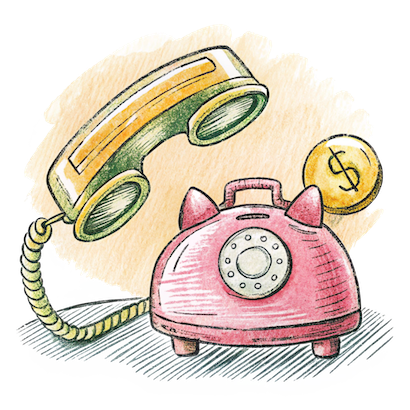
Make and receive calls with your United States phone number using our app
If you sign up for the phone system you can use the (free) dedicated app for iOS, Android, Windows, and macOS for incoming and outgoing calls.
- Unlimited incoming minutes included
- Push notifications for incoming calls
- Call history and missed call tracking
- Multiple number support for outbound calls
- While on a call trigger call recording, transfer or pickup.
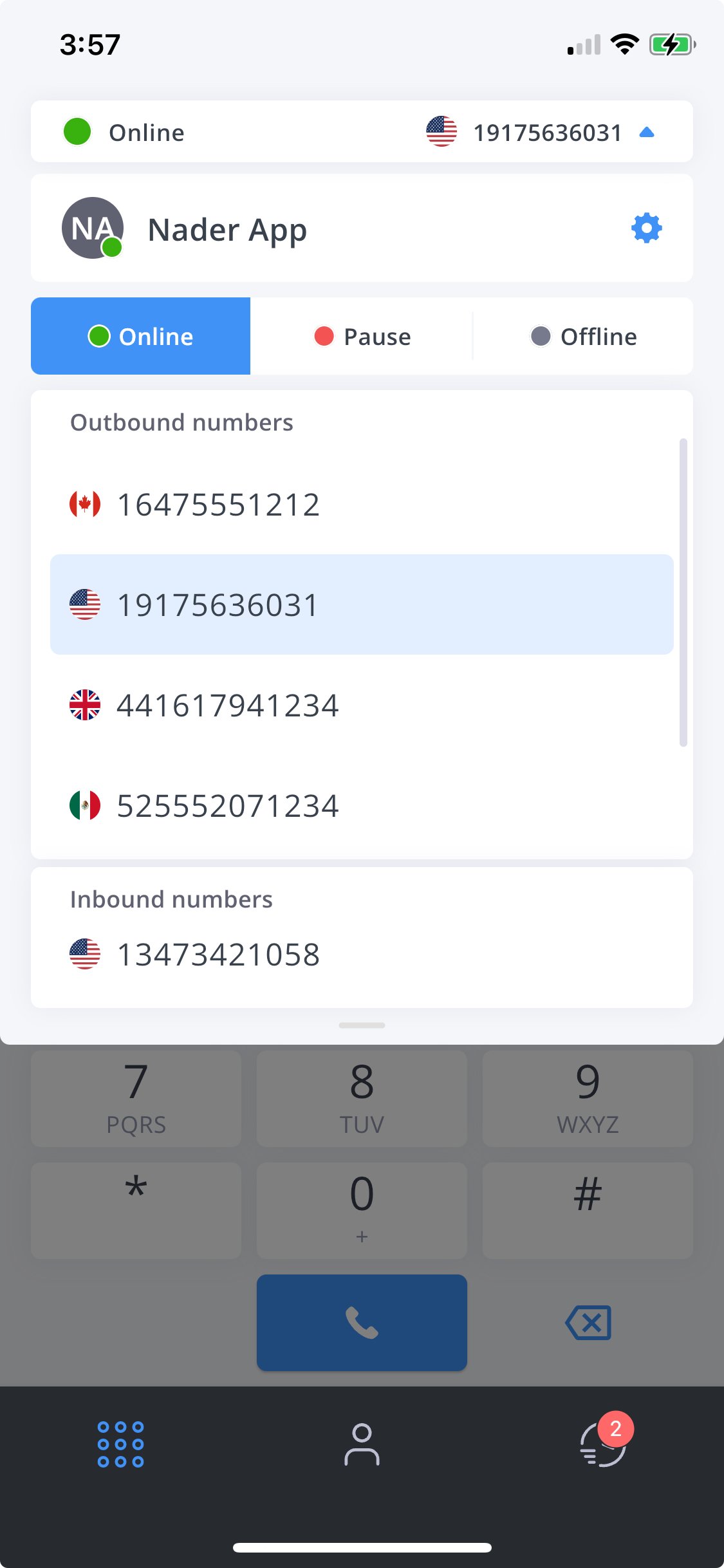
General technical details on United States numbers
- Country code is +1; format is (NPA) NXX-XXXX.
- Dialing within the U.S. typically requires 10-digit format: area code + number.
- North American Numbering Plan (NANP) established U.S. number format in 1947.
- Area codes assign geographic regions; overlays may require 10-digit dialing.
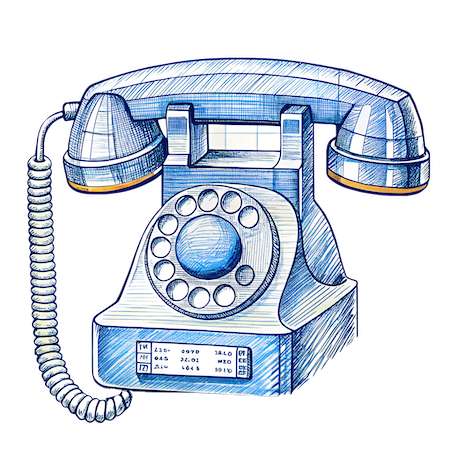
FAQ’s
Can I forward my United States FlyNumber to my personal number when traveling internationally?
Yes, you can forward your United States FlyNumber to any standard phone number globally. The original caller's ID will be displayed, and you can manage the forwarding number anytime via the FlyNumber panel.
What benefits does the cloud phone system offer for my United States FlyNumber?
The cloud phone system provides a comprehensive solution for just $14.95 per month, allowing you to configure call flows, use day/time based routing, record calls, create menus, and more. You can also make calls using your United States number as the outgoing caller ID.
How does the VoIP/SIP feature work with the United States FlyNumber?
With the VoIP/SIP feature, you get unlimited incoming minutes and two free channels. Calls can be sent to any 3rd party VoIP provider or on-premise systems like Asterisk and FreePBX. You'll also have access to detailed call logs.
Is it possible to use multiple numbers with a United States FlyNumber?
Yes, you can forward your United States FlyNumber to multiple phone numbers or VoIP destinations using our ring group feature, making it ideal for reaching contacts across different states or regions.
Can I use my United States FlyNumber with any VoIP provider?
Absolutely, FlyNumber is compatible with any VoIP solution supporting SIP or IAX protocols. You can use our easy setup providers or configure your own VoIP solution.
How to get your local United States phone number
- 1.) Click sign up and select United States as the country, then choose a prefix.
- 2.) Choose an option for how you want to use the United States "FlyNumber" (you can change this anytime).
- 3.) Enter the configuration options (for example the phone number or VoIP address to send calls to)
- 4.) Add funds to your prepaid manually or create a subscription for the United States number.
- 5.) Go to My account > My FlyNumbers to change settings and view your United States number.
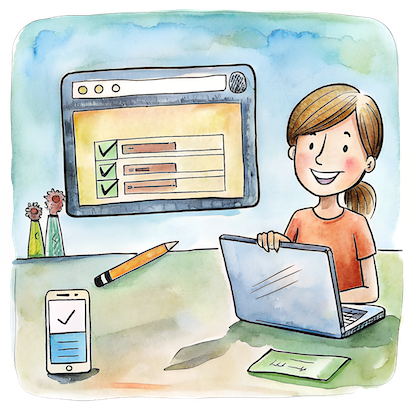
United States forum topics
Blog Posts
Why FlyNumber you might ask?
Never any contracts or obligations, cancel anytime.
Crystal quality phone calls.
Customer service 7 days a week.
Set up a recurring subscription and/or add funds manually.
We've been in business for well over a decade.
Get your United States number today